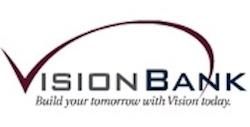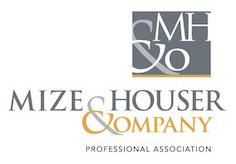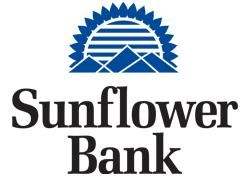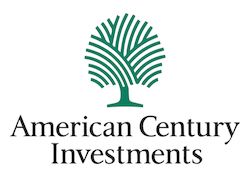I was recently enticed to fill out an online survey about my shopping experience with a favorite retailer brand. At last! I could finally tell them about a customer experience issue that feels like a sharp pebble I can’t shake out of my shoe.
So I took the survey. I gave them my valuable time because they seemed to want to know. And I was eager to tell them. After about 15 minutes, I got to the end. Nowhere was an opportunity to talk about my actual point of dissatisfaction, or to indicate I’d like to talk with them.
They really didn’t want to know after all.
Financial brands aren't retailers. Or are they?
That customer research was flawed to the core. And while that particular research study was not from a financial institution, there are plenty of banks and credit unions who make similar mistakes.
- One online banking app has asked me the same questions for at least three years. At least five times I’ve tried to tell them their cute “don’t sign with a sparkly pen for your mobile deposit” is not funny anymore. It feels like a waste of my time.
- Another institution hit me with a survey before the account opening transaction was even complete. That also felt like a waste. What were they actually going to learn?
Faulty research misleads marketers.
Flawed research can become like a brand’s worst echo chamber: marketers hear only the things they want to hear and don’t even realize that it’s happening. That means decision making about major initiatives like product changes and service offerings could result in very costly mistakes.
Customers, on the other hand, can feel frustrated and alienated. “You took the time to ask me,” they think. “But you didn’t listen.” That sends a message—whether you meant it or not—that you don’t care.
4 ways to make sure your research delivers the truth:
If you really are looking for reliable feedback to help your brand improve products and customer experience, build these four best practices into your research:
1. Don’t design the questions yourself.
Engage a professional to design the survey instruments and the questions. A third party with the proper training will frame questions in a neutral manner to help you avoid unintentional bias that can result from being too close to the topics, as well as that which can come from cultural and background-related experiences of the respondents.
For example, using a term like "holiday spending" in a survey thinking it only refers to Christmas and Hanukkah excludes audiences who celebrate gift-giving holidays at different times and for different reasons. Western-sounding names and generationally familiar terms like Rolodex can also create confusion or inaccurate responses.
2. Test every survey every time.
Just because it makes sense to you does not mean it makes sense to the people you want to listen to. Run some tests to find out whether the questions are clear and make sense. Be certain respondents get to convey what they want to say. Make sure they’re not confused about what you’re asking.
Be sure they can tell you what you really need to hear.
3. Use multiple feedback channels.
Don’t rely solely on a single research instrument to make major decisions; you may not have gone deep enough. Surveys combined with focus groups, social listening, interviews or other methods can yield better, more insightful results.
4. Consider collaborating with different departments.
Involve others in the organization when developing research and again when analyzing results. The different perspectives of colleagues may bring light and nuance to issues that you didn’t notice. This will reduce the risk of making assumptions that steer you in the wrong direction. You’ll also build alliances that can help you move a new initiative forward.
Don’t let your research tell you only what you want to hear.
That doesn’t do anyone any good. When investing the time and money into research for your financial brand, make sure it delivers the intel you need to hear. Your customers are counting on you.
For more educational content on best practices for customer research, read our article Look Before You Leap: Don't turn a blind eye to real customer needs.
What do your customers want to tell you? Call Martha at 785.969.6203 or
photo credits: Jason Roswell on Unsplash for boy at the mic. • Randy Laybourne on Unsplash for wrong way sign.

























